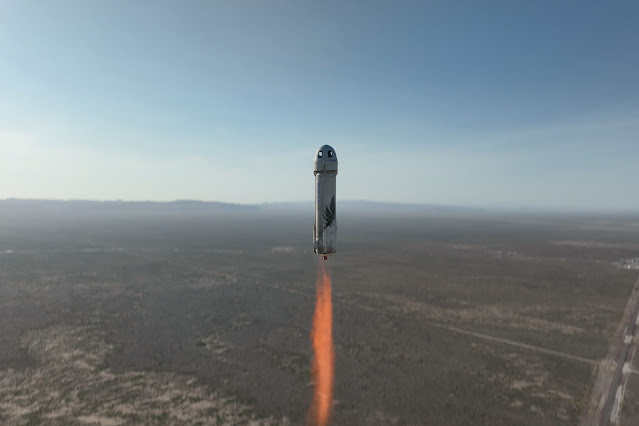If you've been following Space 2.0, private space, or any other of the names used to describe the current new generation of the space exploration, you'll remember the names Bob Behnken and Doug Hurley as the two NASA astronauts who worked on the Commercial Crew Program at NASA as well as on location at SpaceX to develop the Crew Dragon capsule. In May of '20 the two astronauts took the first ride to orbit in the Crew Dragon capsule and the first manned mission to fly from US Soil since 2011.
This afternoon, NASA awarded the duo the Congressional Space Medal of Honor for their bravery in a ceremony run by US Vice President and Chair of the National Space Council, Kamala Harris. It's a rare award last bestowed in 2006 by former President George W. Bush to Robert L. Crippen, the first Space Shuttle pilot, in 2006.
Since Congress authorized the Congressional Space Medal of Honor in 1969, it has been awarded just 28 times. Just 11 went to living astronauts, while the other 17 were awarded posthumously: to the three NASA astronauts killed in the 1967 Apollo 1 accident and the 14 astronauts killed in the Space Shuttle’s 1986 Challenger disaster and 2003 Columbia disaster.
While the award itself says that it's issued for "bravery" the award appears to be at the recommendation of the NASA administrator, indicating the Administrator Bill Nelson recommended Bob and Doug for the honor. Further, while the award itself is called the Congressional Space Medal of Honor, Congress isn't involved in the award at all. They delegated that to the President in 1969.
Prior to the Dragon test flight they will be honored for, Behnken and Hurley had storied careers in the US military and at NASA. Bob Behnken earned a PhD in mechanical engineering from Caltech in 1997 and eventually became a lead flight test engineer in the US Air Force’s F-22 Raptor program. He was selected as a NASA astronaut candidate in 2000 and flew two Space Shuttle missions in 2008 and 2010. In 2012, Behnken was chosen to lead NASA’s prestigious Astronaut Office, and did so for three years before he began training for the Commercial Crew Program.
Doug Hurley earned a Bachelor’s degree in civil engineering in 1988 and received a commission in the US Marine Corps upon graduating. He made three deployments as an F/A-18 pilot and later became a Navy Test Pilot in 1997. Hurley was “the first Marine pilot to fly the F/A-18 E/F Super Hornet” and has experience flying more than 25 types of aircraft. He was also selected to become an astronaut in 2000 and flew on two Space Shuttle flights, including the Shuttle’s 135th and final mission in 2011.
(L-R) Bob Behnken, Kamala Harris, and Doug Hurley late this afternoon. NASA/Joel Kowsky photo.






























